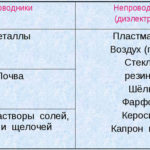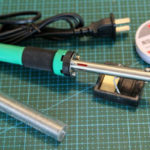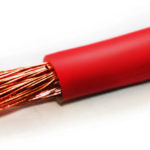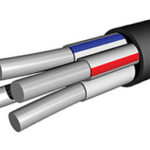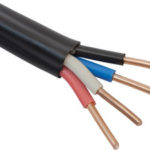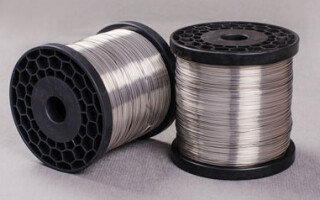The alloy under the interesting name nichrome contains chromium and nickel. A number of unique properties of the alloy and great benefits allow it to be widely used in industry and be in demand on the market. Even despite the high cost.
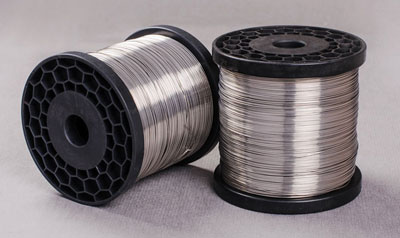
Content
What is nichrome?
Nichrome is a corrosion-resistant alloy consisting of 2 metals - nickel and chromium, and additives (manganese, sulfur, aluminum, phosphorus, iron, etc.). The alloy is resistant to temperatures up to +1300 ⁰C, and plasticity allows it to be used for the production of electric heating and resistive elements, various rolled products and wire (filament). Depending on the composition, nichrome is divided into certain brands.
Characteristics and properties of nichrome wire
The production of nichrome wire is limited to two main grades: X15H60 and X20H80. The characteristics and properties of each brand are different.
X20H80 characterized by:
- Composition of 25% chromium, 75% nickel, 1% iron.
- Resistivity 1.13 ohm mm2/ m (for wire with a diameter of more than 3 mm).
- Working temperature 1250-1300 ⁰C.
The density of X20H80 is 8500 kg/m³, the specific heat capacity is 0.44 kJ/(kg K).
X15H60 inferior to X20H80 in terms of technical characteristics:
- operating temperature - 1000-1100 ⁰C;
- composition - 18% chromium and 60% nickel;
- specific heat capacity - 0.46 kJ / (kg K);
- density 8200-8500 kg/m³;
The specific resistance of this brand is 1.12 Ohm mm2/ m.
The low iron content of X20H80 allows the filament to resist corrosion and wear. Unlike X15H60, which is more prone to corrosion. However, this brand serves as the production of samples, the cross section of which is characterized by greater plasticity and a smaller area.
REFERENCE. As a filler element, both grades can include aluminum, manganese, titanium, silicon, iron and zirconium. The presence of iron increases the magnetic properties of the alloy.
Where is nichrome wire used
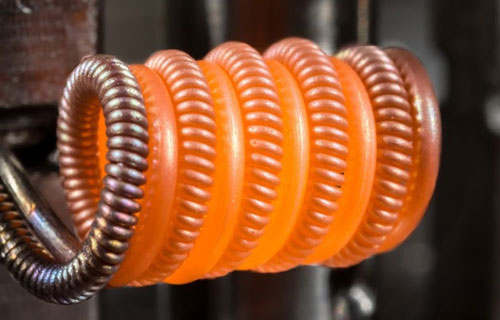
Plasticity, resistance to aggressive substances and high yield strength find application in nichrome in industrial production and in a number of industrial areas where electric heating furnaces are widely used. The alloy has also found application in electric furnaces, the heating temperature of which is extremely high.
Wire is also used in other areas:
- in home-made welding machines;
- in kilns for drying and roasting;
- for machines cutting foam;
- in the heating system of windows and mirrors of the car;
- in devices where an increased degree of reliability is required, etc.
Such a property of the alloy as strength provided nichrome wire with a place in all environments where chemicals, heat and high temperatures are indispensable.
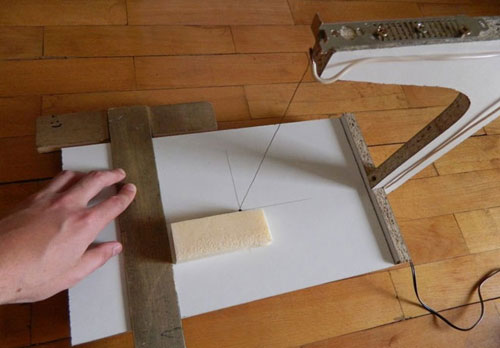
Advantages of the alloy
The advantages of the alloy include:
- heat resistance and durability;
- excellent electrical resistance;
- plastic;
- weldability;
- easy processing of the product;
- resistance to deformation at high temperature (above 400⁰C) and pressure;
- belonging to non-magnetic alloys.
In addition, nichrome has more than one mechanical quality in the form of advantages. And light weight.
How to identify nichrome?
Nichrome, as a slightly silvery or white material, is not easy to recognize. In addition, it often has a dark gray tint associated with an oxide (oxidative) film.
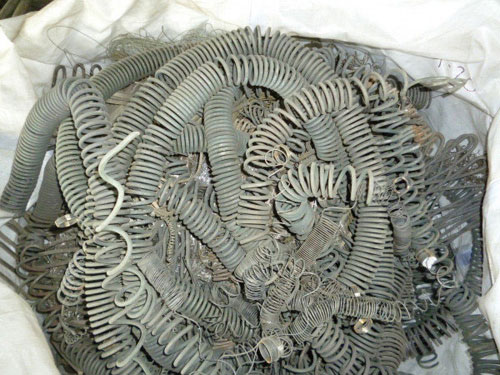
However, it is possible to determine the appearance of the material by signs:
- dark green film on the surface;
- turning the wire into a spiral after heating.
The last sign indicates the high resistance of nichrome to deformation.
ATTENTION. The mode of alternating long-term and short-term use of the thread will help to maintain the qualitative characteristics of nichrome wire.
Where can I find nichrome wire?
The easiest way to find nichrome wire is to go to a special store (vape shop). True, the nichrome thread is not cheap there, and for 1 meter you will have to pay a decent amount.
There are other options where you can find nichrome wire:
- radio markets;
- soldering irons;
- hair dryers;
- a heater made according to the type of fan;
- electric stove with an open spiral;
- the Internet.
The ability to detect metal on the radio market is not too great compared to a soldering iron (working or defective).A soldering device can be found in the garage, or in the Fix Price store, where the product costs a penny. To find what you are looking for, the device must be disassembled and the wire pulled out. As a rule, the nichrome thread in the soldering iron is thin. Winding 10 turns on a pencil will help determine its cross section. The length of the wound wire reaches up to 2.5 m.
Options with a hairdryer and heater will cost more. The hardest thing is to get the wire out of the electric stove.
In order not to go to the market and not look for nichrome wire in the store, you can find information on the Internet about the sale of metal, or things containing it.
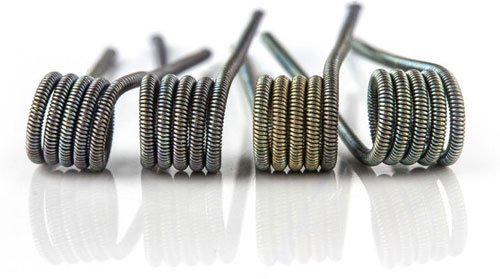
By the way, nickel in the composition of the alloy affects the price of the wire.
What can be replaced?
Heating elements in electrical appliances often need to be replaced. Usually, a working spiral serves as a replacement for a nichrome thread. It is easy to find in kettles, electric stoves, irons and other appliances.
Another replacement option is stainless steel. In everyday life, it has long been proven that stainless steel has the same resistance as nichrome, plus it outperforms it in terms of oxidizability.
Soldering Features
Peculiarities rations nichrome are:
- Use of tin-lead materials POS 50 and POS 1 for soldering.
- Thorough flux preparation.
- Proper surface finish.
Before soldering, the working surface is cleaned with sandpaper, and treated with cotton wool soaked in an alcohol solution of copper chloride. Next, a flux is applied, and the process begins.
IMPORTANT. The flux is prepared by mixing several elements: 100 g of technical vaseline, 5 g of glycerin and 7 g of zinc chloride powder.
When tinning nichrome with copper leads, it is better to use 2-3 g of citric acid. This is enough to serve one wire. To remove the acid, the wire must be put on rosin, dip, and use a soldering iron for further work.
Similar articles:
